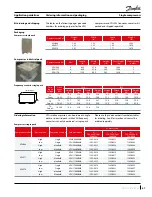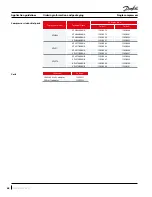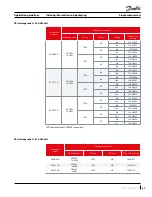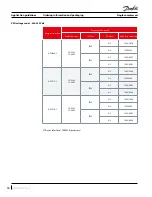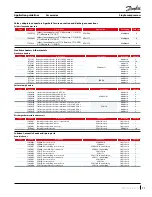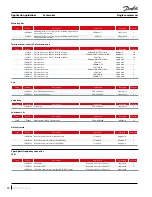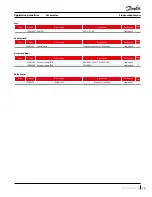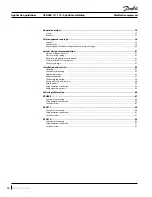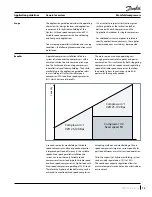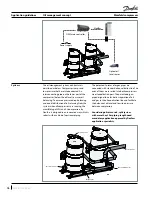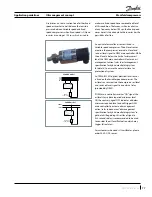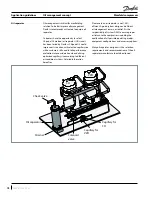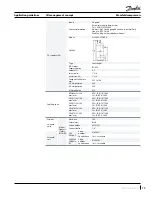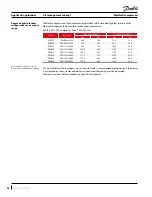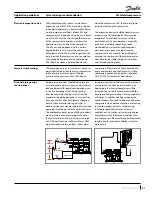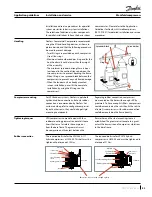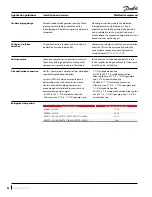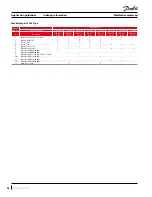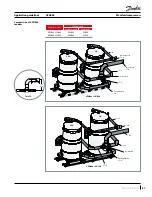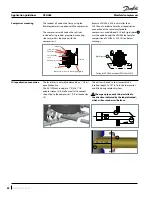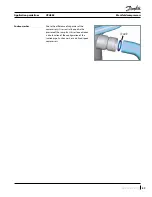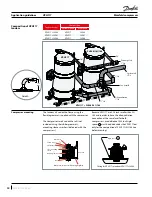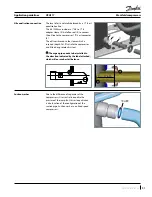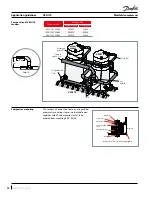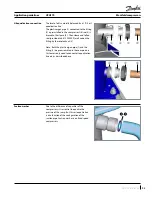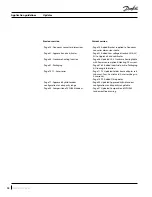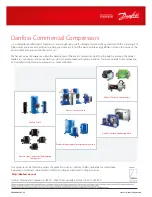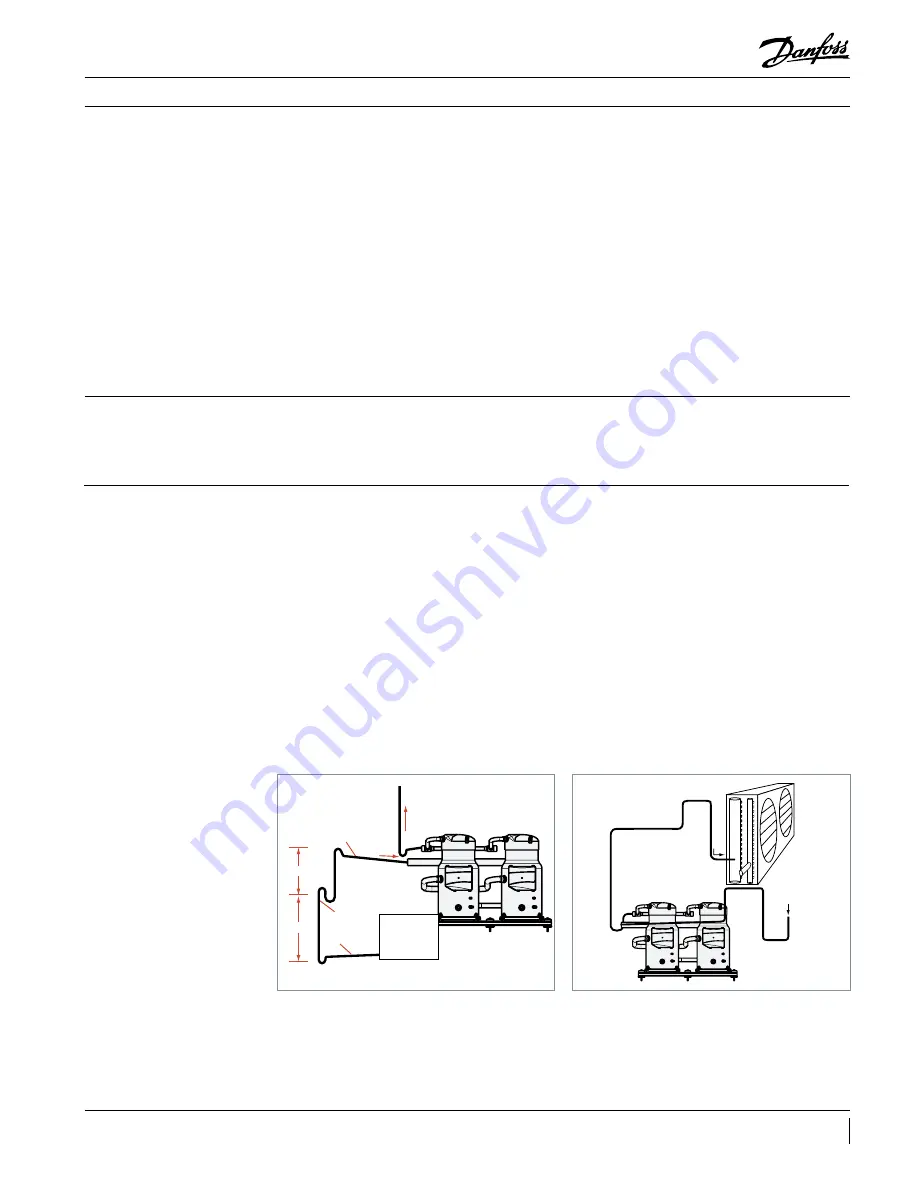
Application guidelines
81
FRCC.PC.023.A7.22
Manifold compressors
System design recommendation
Electronic expansion valve
Pressure switch settings
Essential piping design
considerations
With variable capacity systems, an electronic
expansion valve (EXV) is the mandatory solution
to handle refrigerant mass flow variations. Ramp
up and ramp-down settings, of both EXV and
compressor, must be done with great care. Ramp-
up of the EXV must be shorter than the ramp-up
of the compressor, to avoid any low pressure
operation on suction side of the compressor.
The EXV can also be opened, up to a certain
degree, before the start up of the compressor.
Ramp-down of the EXV must be longer than the
ramp-down of the compressor, also to avoid low
pressure operation (except with pump-down).
EXV should be closed, and remained closed,
when the compressor is off, to avoid any liquid
refrigerant entering the compressor.
The expansion device should be sized to ensure
proper control of the refrigerant flow into the
evaporator. An oversized valve may result in
erratic control. This consideration is especially
important in variable speed+fixed speed
manifolded units where low load conditions
may require low speed running of inverter
compressor. This can lead to liquid refrigerant
entering the compressor if the expansion valve
does not provide stable refrigerant superheat
control under varying loads.
The pump down pressure switch must have a set
point slightly higher than the lowest compressor
safety pressure switch set point. The high-
pressure safety pressure switch shall stop all
compressors. Please refer to the chapter on VZH
single compressors and the Danfoss SH single
compressors application guidelines (reference
FRCC.PC.007) for recommended settings.
Proper piping practices should be employed to
ensure adequate oil return, even under minimum
load conditions with special consideration given
to the size and slope of the tubing coming
from the evaporator. Tubing returns from the
evaporator should be designed so as to not trap
oil and to prevent oil and refrigerant migration
back to the compressor during off cycles. A
double suction riser may be required for low load
operation if suction gas velocity is not sufficient.
The additional capacity range of Hybrid tandems
makes oil return even more important due to
the lower velocities with respect to system pipe
size. Oil boost function shall be written in OEM
main controller to return oil from system pipes
to compressor when oil balance can’t be reached
or maintained in a defined time period. In oil
boost mode, the inverter compressor will be
increased to a certain level and meanwhile the
fixed speed compressor keeps running regardless
of oil level. In addition to oil boost operation,
hybrid tandems also need to balance oil between
compressors when both compressors are running
to maintain proper oil levels. Oil balancing
in variable speed hybrids relies on the oil
equalization line, suction restrictors, organ pipe
and oil level switch to balance oil between the
two compressors. Please refer to oil management
specification for hybrid manifolding system for
more details.
HP
LP
>13 ft/s
0.5% >
max. 13 ft
0.5%<
U-trap
>13ft/s
Evaporator
26 to 39 ft/s
max. 13 ft
HP
LP
Condenser

